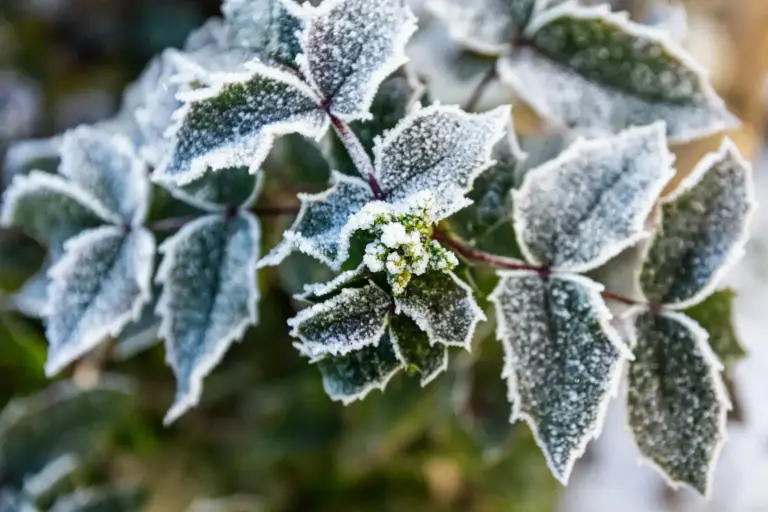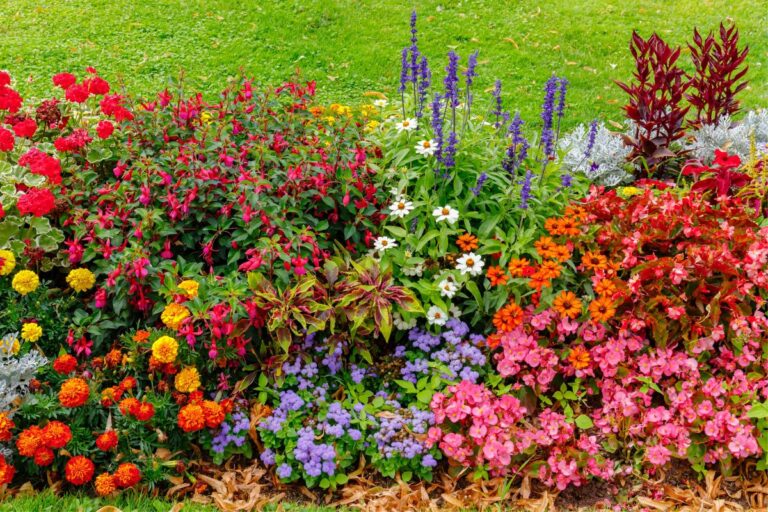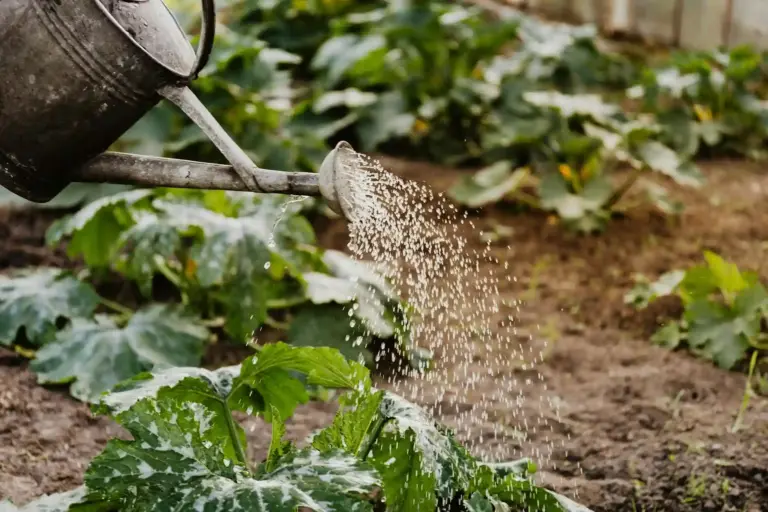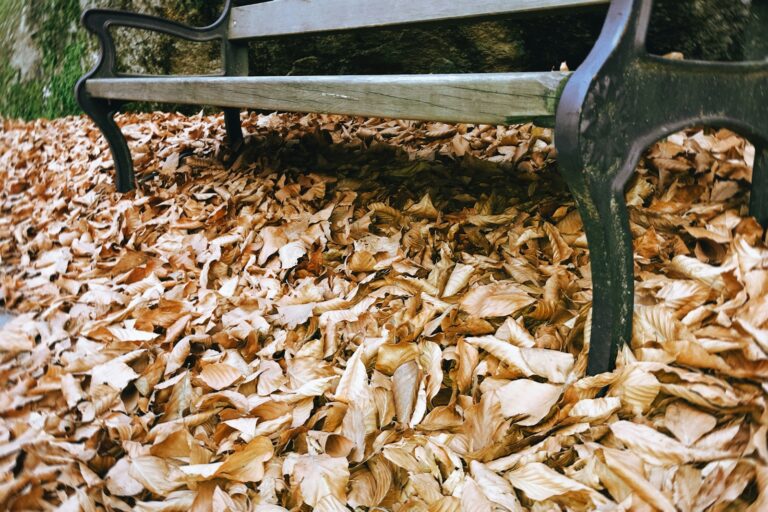Why Fall Is the Perfect Time to Begin Planning a Spring Garden for a Bountiful Growing Season
As summer winds down, thoughts of next year’s garden might seem far away. Yet autumn is a golden window for gardeners who want to get ahead.
The cooler air and slower pace make it easier to think about future blooms. You can make plans without the pressure of spring’s hustle.
Stronger root development before winter

Planting in fall gives your plants a head start on root growth. The soil stays warm for a while, encouraging roots to dig deep.
Cooler air means plants focus on building roots, not leaves. Roots keep developing as long as the soil is above about 40°F.
By winter, your plants have a sturdy root system. This helps them survive the cold months ahead.
In spring, strong roots help plants soak up water and nutrients. They bloom more easily and grow faster.
Fewer weeds competing with new plants

Fall planting means fewer weeds for your new plants to fight. Weeds slow down as the weather cools.
You can pull weeds now to keep them from coming back in spring. This makes your garden easier to care for later.
With less competition, your plants can put energy into growing roots and leaves. Stronger plants make for a healthier garden.
You also spend less time on watering and pest control. Fall planting sets you up for a smoother spring.
Nutrient-rich soil from fall amendments
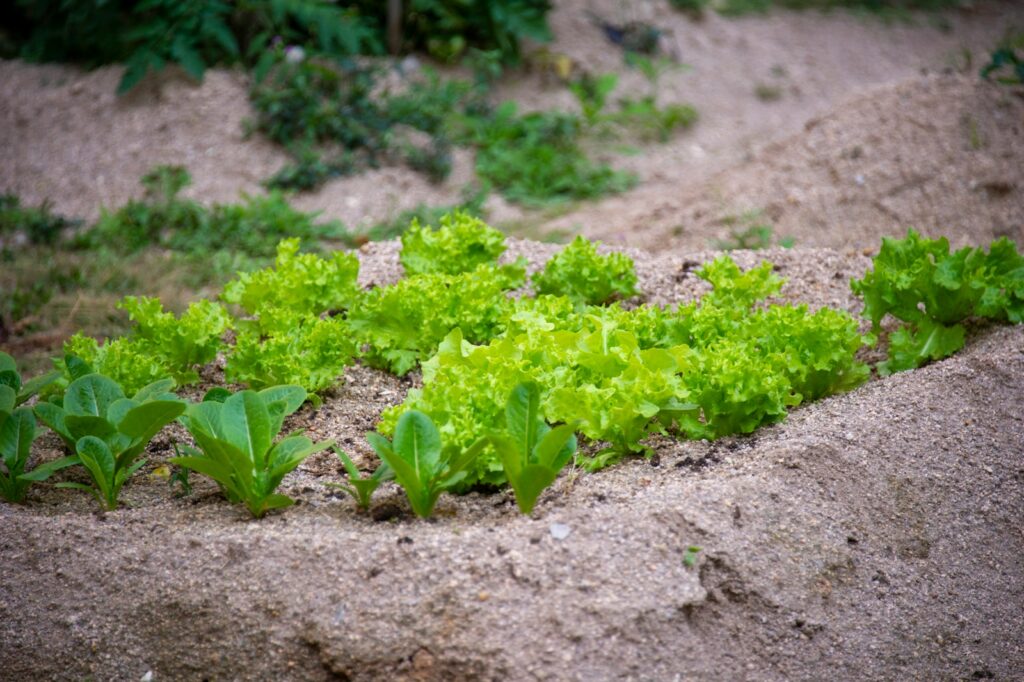
Autumn is a great time to feed your soil. Mixing in compost, manure, or coffee grounds now gives soil time to break down nutrients.
These additions improve fertility by spring. Your plants will have what they need when they start growing.
Adding minerals in fall helps too. Some minerals need months to become available to plants.
Cool, moist weather helps organic matter decompose. This makes the soil crumbly and easy for roots to spread.
Cooler weather reduces plant stress

Fall’s cooler temperatures are easier on new plants. They can settle in without battling heat.
Plants use their energy to grow roots instead of fighting tough conditions. This helps them get established before winter.
Autumn air is usually less dry, so plants don’t lose as much moisture. That means less watering for you.
Fewer pests and diseases are around, giving your plants a better chance to thrive.
If you want a garden that thrives next spring, starting in the fall makes sense. You can learn more about why fall is a great planting time from this guide on fall garden preparation.
Early blooms in spring due to head start

Planting bulbs and flowers in fall means they are ready to grow as soon as it warms up. The roots get established before winter arrives.
Your garden will show early blooms because the roots have had time to settle in. Flowers like tulips and daffodils will pop up sooner and look healthier.
Cooler weather in fall also helps reduce pests and plant stress. This sets your garden up for a strong start.
Instead of waiting until spring to plant, you’ll have flowers ready to brighten your yard early.
Easier planting with softer soil
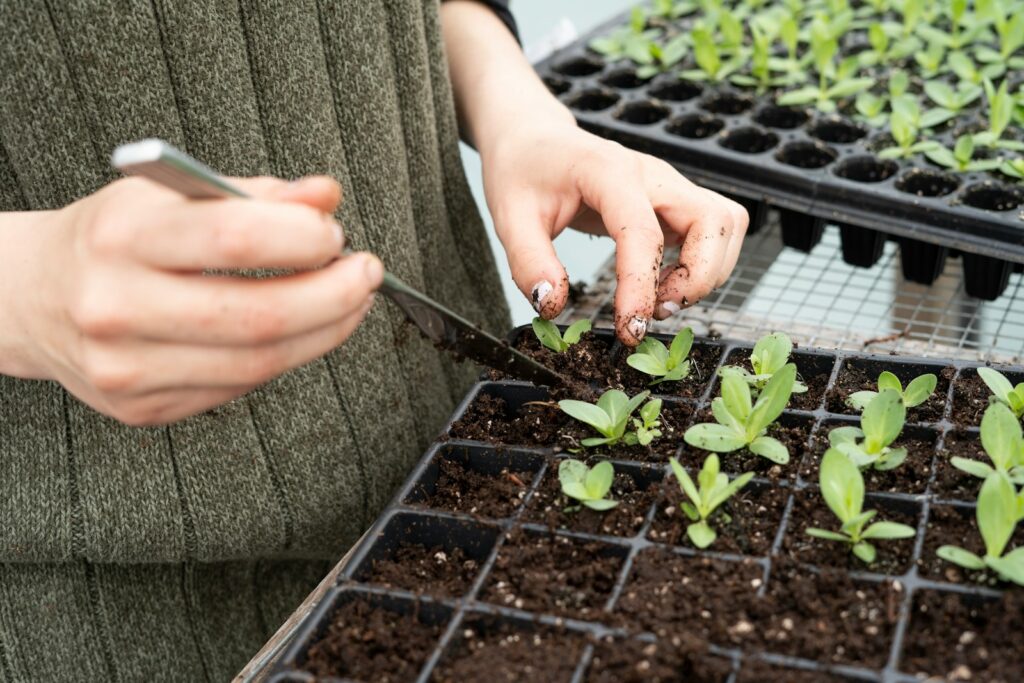
Soil is softer and easier to work with in fall. Warm ground and cool air help roots take hold before winter.
You can dig, add compost, and prepare your beds without muddy spring conditions. Softer soil also means weeds are easier to remove.
Preparing your garden now gives the soil time to settle. When spring arrives, your beds are ready for planting.
Less pest pressure during cooler months
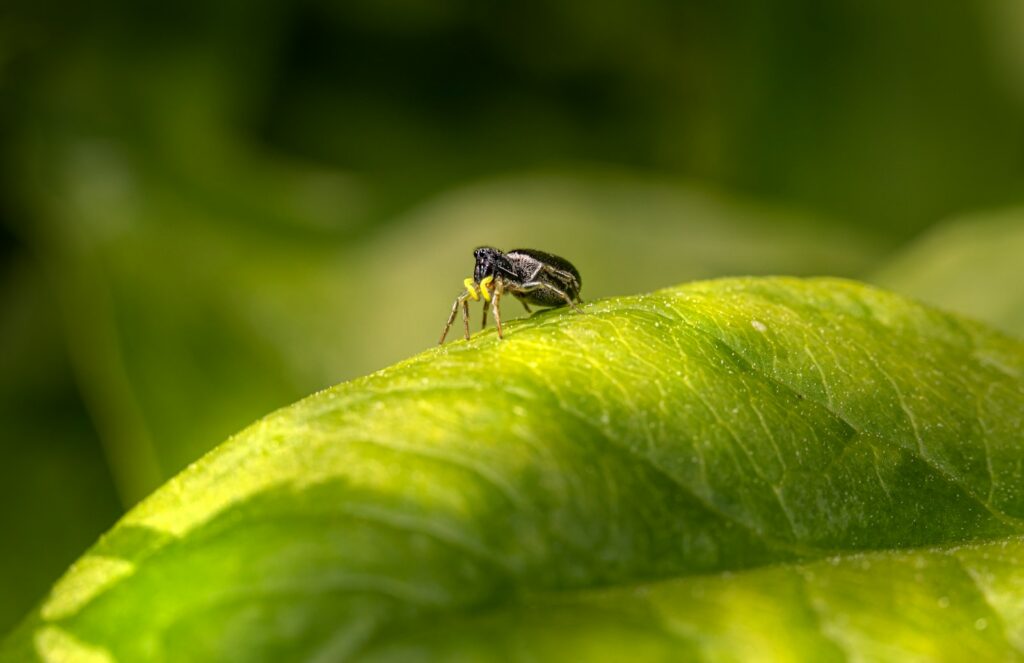
Fewer garden pests bother your plants in fall. Insects like aphids and spider mites slow down as temperatures drop.
You also avoid some diseases that thrive in the heat. Plants get time to build roots before spring pests return.
With fewer bugs around, you spend less effort protecting your plants. This makes fall a great time to start your garden.
Time to redesign garden layout without rush

Autumn is the perfect season to rethink your garden’s layout. The busy growing months are over, so you can plan without pressure.
Cooler weather makes it more comfortable to work outside. You can move plants or add new features at your own pace.
Professional landscapers are often more available in fall. You can get advice and book help before the spring rush.
Redesigning now means less work when spring comes. Your garden will be ready for a fresh start.
Learn more about why fall is great for garden design at why fall is a good time to start planning your landscape redesign.
Budget-friendly plant sales in fall
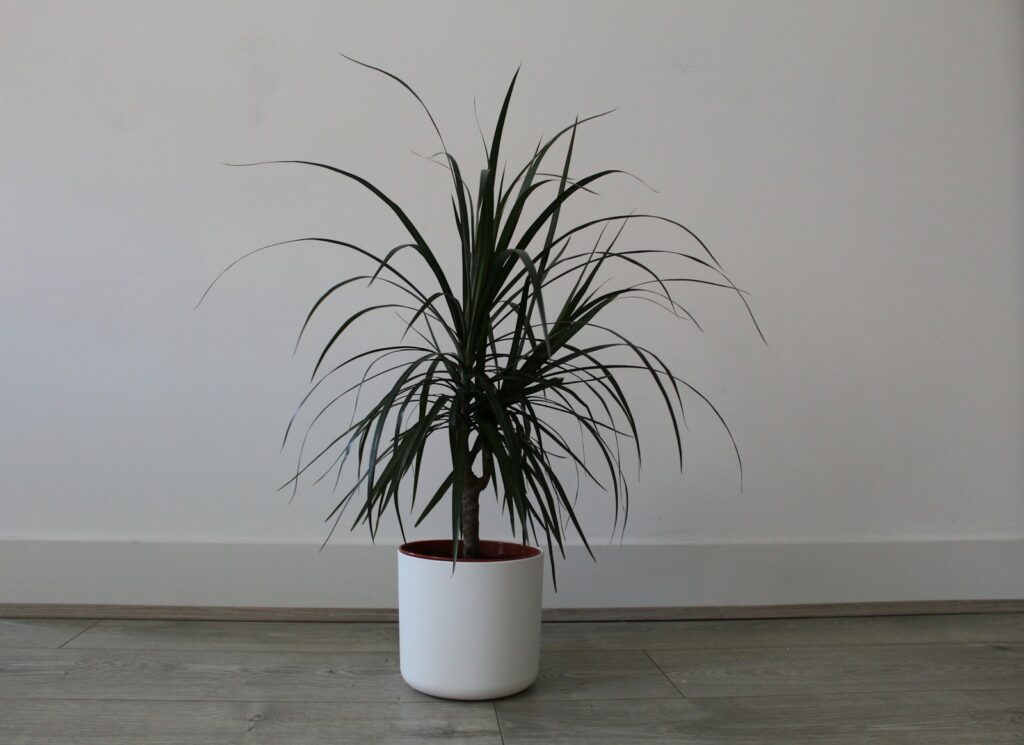
Many nurseries offer plant discounts in fall. You can find perennials and shrubs at lower prices than in spring.
Plants left over from summer are often marked down. This is a good chance to buy healthy, established plants on a budget.
Buying in fall lets you plan ahead for spring. Your garden will be ready to grow strong when the weather warms up.
Check local garden centers or online shops for fall sales. You can build a bigger garden for less.
Opportunity to experiment with new plants
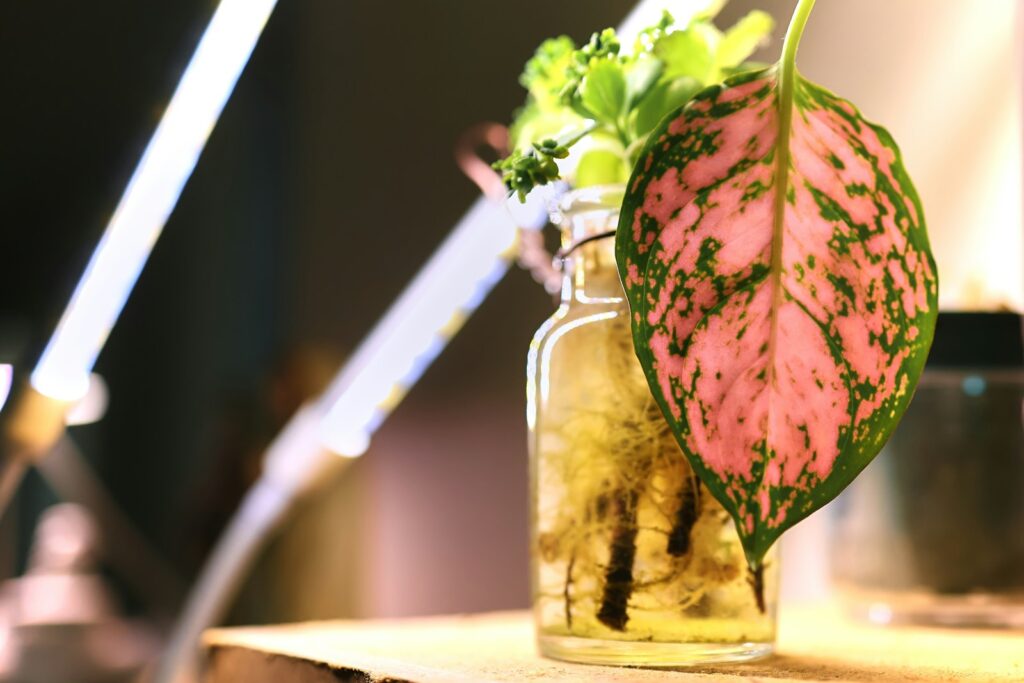
Fall is a great time to try out new plants. The cooler weather helps them settle in with less stress.
Warm soil means roots can still grow well. Your new plants will be ready to take off when spring arrives.
Trying new varieties now helps you see what works in your garden. You get to experiment without the rush of spring.
Fall planting is a low-risk way to add diversity. Your garden will feel fresh and full of surprises next year.
Setting Up Your Garden Space in Autumn
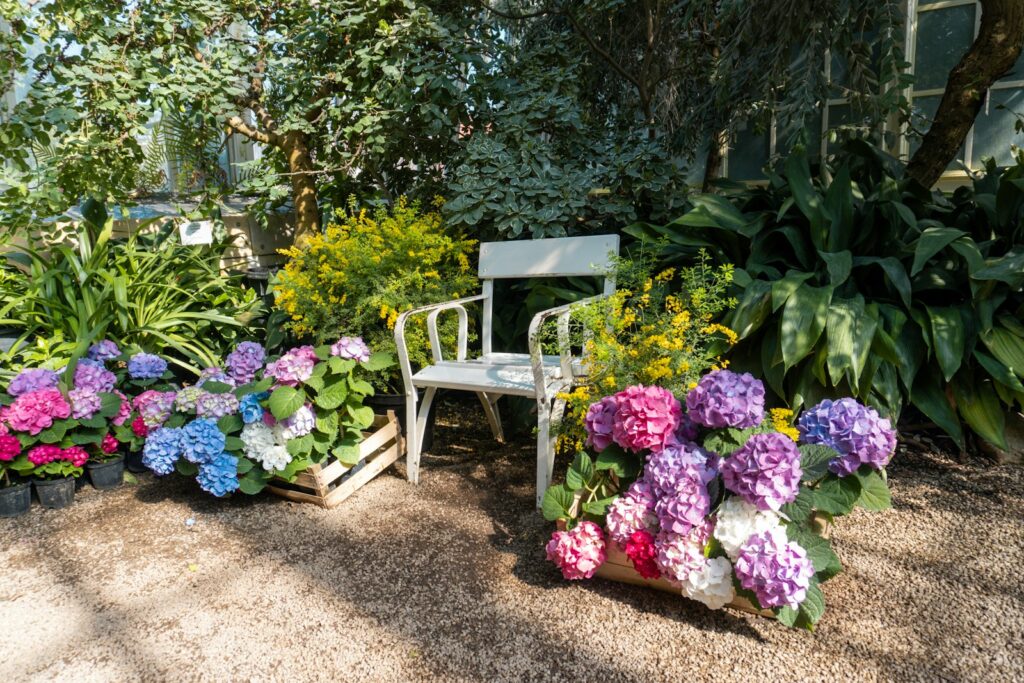
Getting your garden ready in autumn means checking your soil and thinking about plant placement. This helps your garden thrive when spring arrives.
You can improve your soil and design a layout that saves time and effort.
Soil Assessment and Improvement
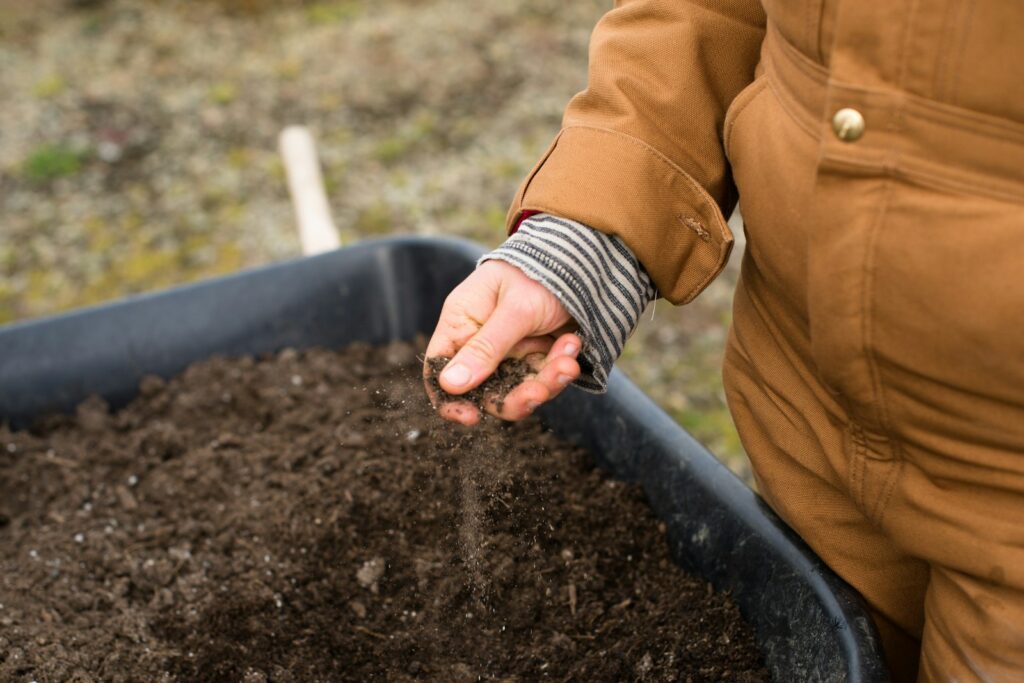
Start by testing your soil’s pH and nutrients. Use a home test kit or send a sample to a local extension office.
Knowing if your soil is acidic, neutral, or alkaline helps you choose the right amendments. Add compost or well-rotted manure to boost texture and fertility.
Healthy soil helps roots grow and keeps moisture in through winter. Avoid fresh manure, as it can harm seedlings.
Remove weeds and old plant debris to cut down on pests and diseases. Spreading mulch protects soil from erosion and helps it warm up faster in spring.
Planning Sustainable Garden Layouts
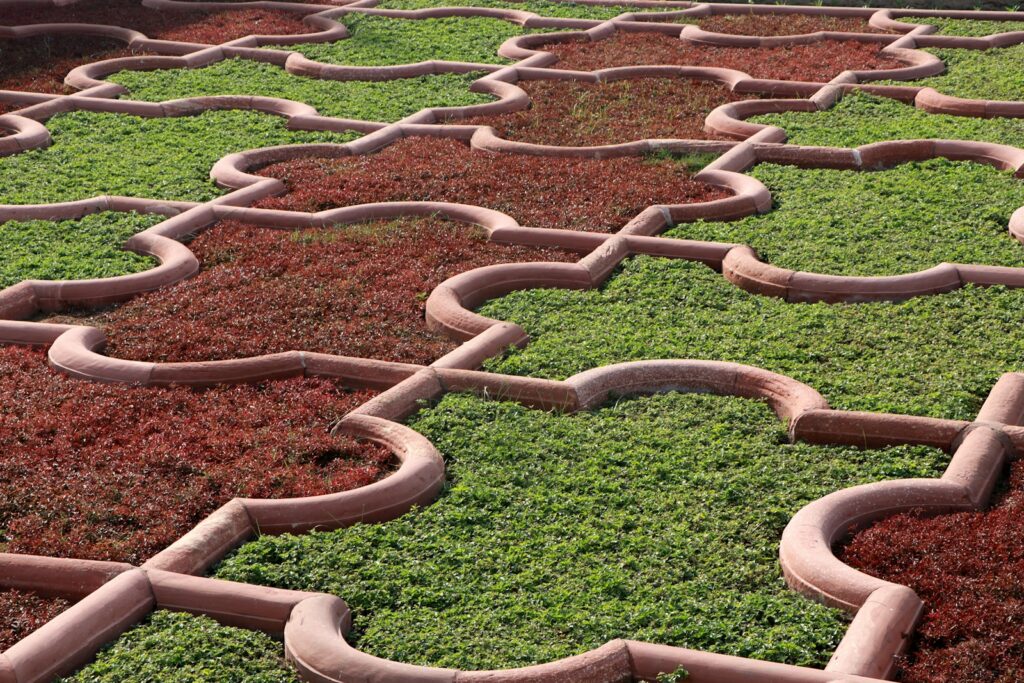
Designing a sustainable garden can feel overwhelming at first, but breaking it down into steps makes the process manageable.
Start by grouping plants with similar water and sunlight needs together. This approach makes watering simpler and helps conserve resources.
Crop rotation is another helpful strategy. Avoid planting the same type of plant in the same spot each year to keep your soil healthy and reduce pest issues.
Paths or stepping stones are useful for getting around the garden without compacting the soil near your plants. If your soil isn’t great, raised beds or containers can give your plants a better start.
Consider adding structures like trellises for climbing plants. These features help save space and improve air flow, which benefits plant health.


